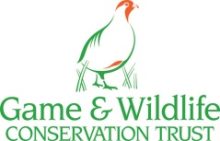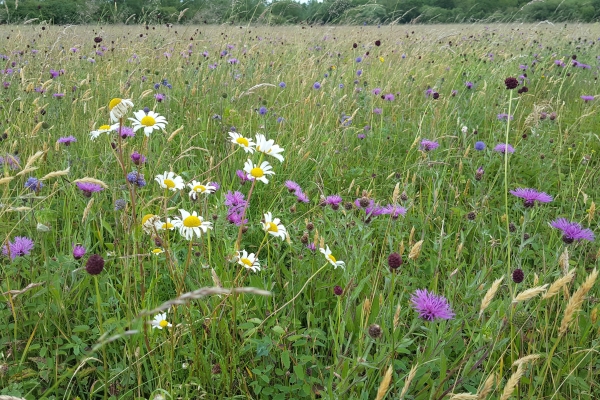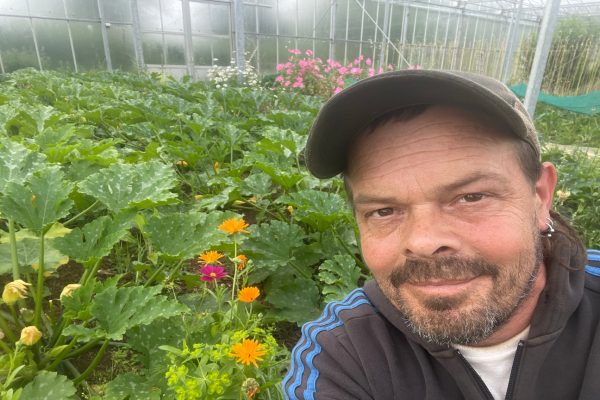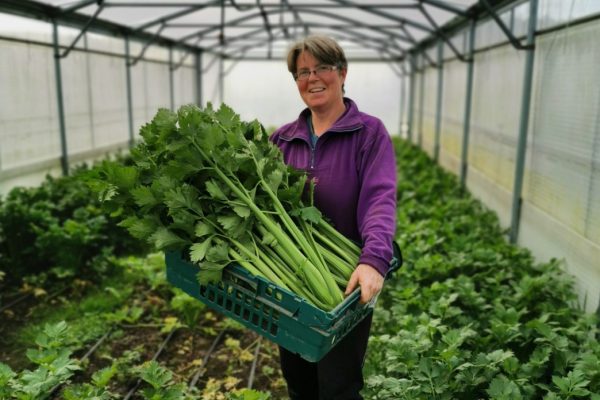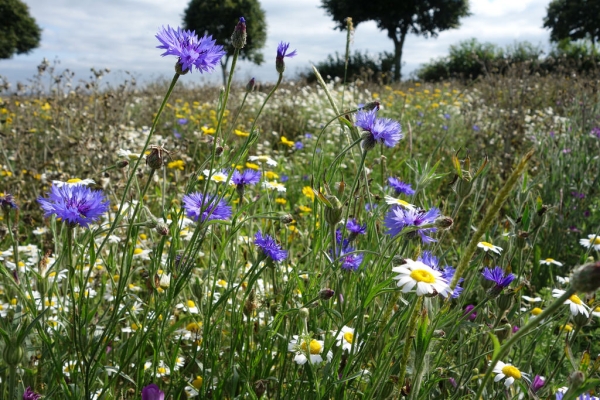How to Successfully Establish Perennial Wildflower Areas
Resource explained
One of the most important landscape changes has been the loss of flower-rich grassland as farmers have switched from hay to silage for livestock. Putting small amounts of such habitat back in the landscape has proven to help boost numbers of pollinators. This is a handy practical guide to establishing perennial wildflower areas; covering seed selection, preparation, sowing, maintenance and trouble shooting. It was produced as part of the BEESPOKE project, the main aim of which was to to increase levels of pollinators and crop pollination at local and landscape scales by providing land managers and policy makers with the expertise, tools and financial knowledge to instigate bottom-up change.
Findings & recommendations
Practical recommendations include the below, but be sure to download the resource for the full details!
- Use wildflower species with a range of floral structures, colours, and flowering times to support a broad suite of beneficial insects.
- Avoid plant species known to benefit pests.
- For greater habitat persistence, use native wild seed rather than agricultural varieties.
- For successful wildflower establishment, avoid areas that are shaded, have a high soil fertility, and are prone to waterlogging.
- Prepare a firm, fine, weed free seedbed for broadcasting seed, ideally, in late summer (Aug/Sep). A second (less successful) option is to sow in spring (Mar/Apr). Ensure that pernicious weeds are completely controlled before sowing.
- Broadcast the seed rather than drill – drilled seed goes dormant.


